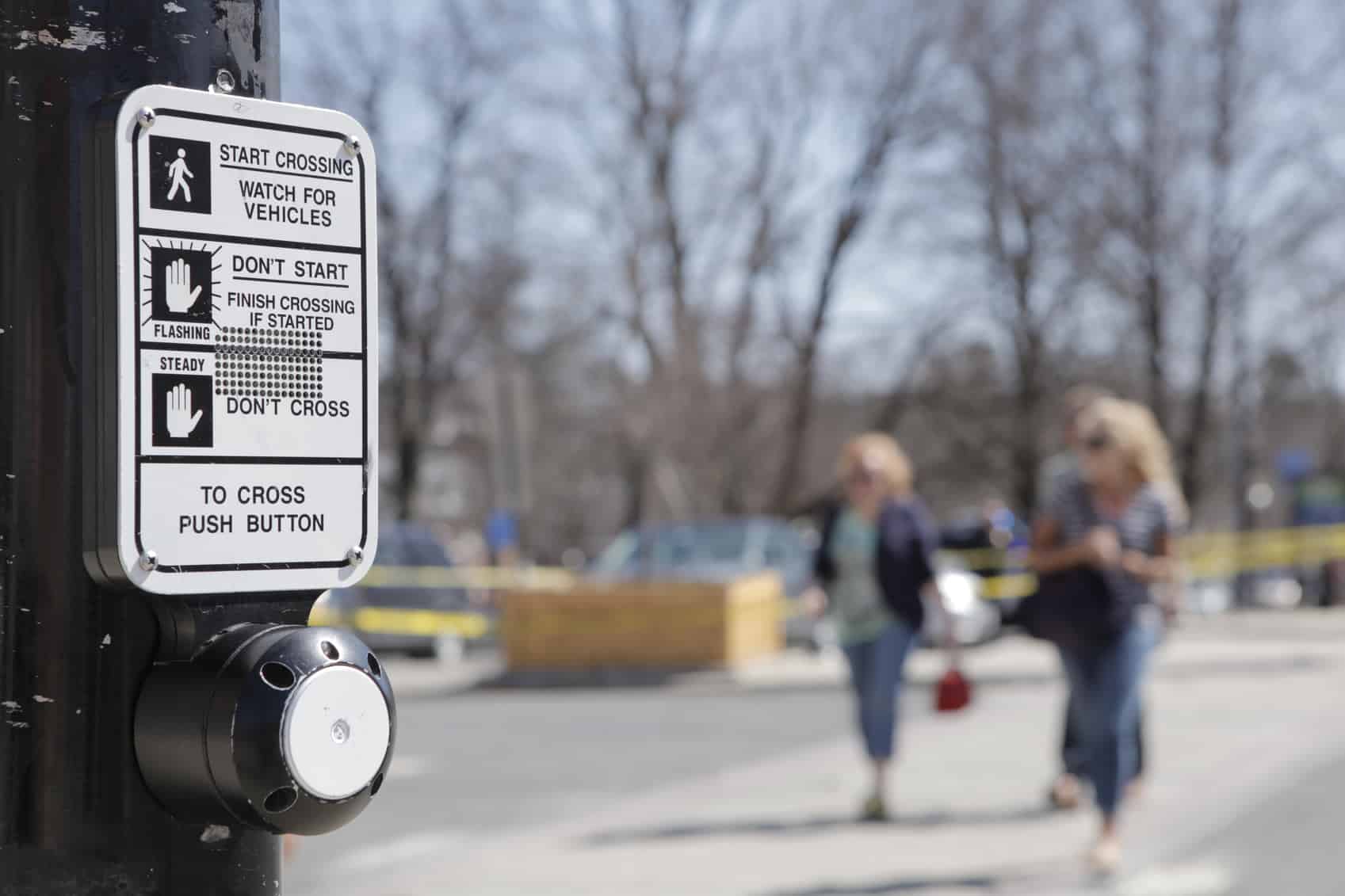
According to recent news posts, in Toronto, a pedestrian is struck by a car every four hours. In the Province of Ontario a pedestrian dies every ten days. This is attributed to a number of factors, including distracted driving, speeding, and pedestrian negligence.
Though not known for his public safety announcements, Johnny Cash’s lyrics for “I Walk the Line” are as compelling as they are instructive given the amount of pedestrian accidents in Toronto and the province as a whole. In this blog, we will discuss some background regarding pedestrian accidents, identify relevant legislation, and provide safety recommendations.
Background: “I Keep a Close Watch on This [Road] of Mine”
In 2015, 39 pedestrians were killed while crossing Toronto streets or while walking on Toronto sidewalks. It is anticipated that in 2016, this number will rise.
Pedestrians have a 90% chance of surviving a collision if the car involved in the collision is travelling 30 km/h or less. However, when a car is moving at a speed of 50 km/h or more, pedestrians have only a 10% chance of surviving the accident.
Not surprisingly, given reduced visibility and driver fatigue, the majority of street fatalities occur at night.
The Law: “You’ve Got a Way to Keep Me on Your Side”
Section 144(27) of the Highway Traffic Act provides that a pedestrian approaching pedestrian control signals and facing a solid or flashing “don’t’ walk” indication is not permitted to cross a street.
However, Section 144(28) states that a pedestrian who lawfully enters a street in order to cross it, may continue to cross as quickly as reasonably as possible, despite a signal change to “don’t walk”, in order to complete crossing the street and has the right of way over cars on the street. This means that you are lawfully permitted to continue crossing a street, and continue to have the right of way, if you are in the process of crossing and the pedestrian signal changes to “don’t walk”.
Recommendations: “I Keep My Eyes Wide Open All the Time”
In addition to being vigilant and alert while walking on sidewalks and crossing streets, the following are some critical recommendations for pedestrian safety:
- Cross only at marked crosswalks or traffic lights;
- Do not cross the street in the middle of the block or between parked cars;
- Be sure that drivers see you before you cross the street. If the driver is stopped, make eye contact before you step into the road;
- Wear bright or light-coloured clothing or reflective strips, particularly, at dusk and night;
- Watch for traffic turning at intersections or turning into and leaving driveways; and
- When crossing the street at a traffic light:
- Cross when traffic has come to a complete stop;
- Begin to cross at the start of the green light or “walk” signal, where provided;
- Do not start to cross if you see a flashing “don’t walk” symbol or the light turns yellow. If you have already started to cross the street, complete your crossing in safety; and
- Never cross on a red light.
If you are a parent, it is imperative that you teach your child how to safely cross a street or roadway. This includes, but is not limited to, teaching your child:
- Where there is no sidewalk, to stay to the side of the road, walking against and as far away from traffic as possible;
- To stop at the edge of the sidewalk and look both left and right before crossing the street;
- To take extra care on streets or roadways where there are no curbs; and
- To be alert for blind corners (for example, a car coming out of an alley may not see a child pedestrian about to cross).
Remember, pedestrian safety is all about vigilance and alertness. If you follow the above recommendations and keep Johnny Cash’s lyrics close to heart, walking the line may save your life and the lives of your loved ones.
For more information, please contact James R. Howie at jrhowie@hshlawyers.com or 416-361-3551.






